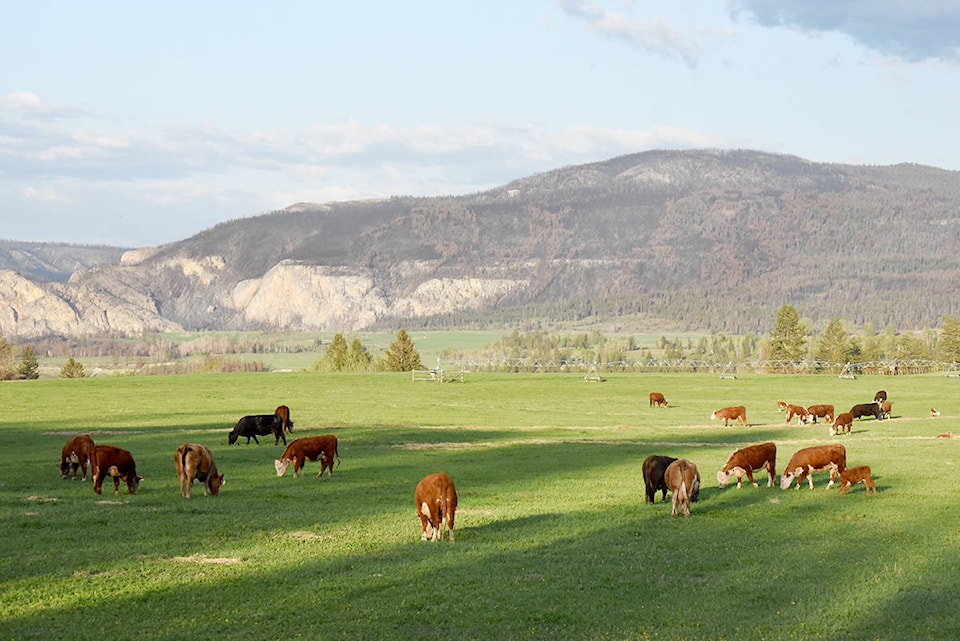Technology was the theme of this year’s Annual General Meeting Education Day of the B.C. Cattlemen’s Association.
I have been warming up to this topic as I feel our humanness is being overtaken by the constant dwelling in the built environment and now the virtual “reality” of the cyberworld.
Seniors struggling with new technology can lead to senior bashing, as some studies have shown recently that not being competent with the new stuff can open us up to ridicule.
I warmed up to the potential of technology to empower us to be more human.
Technology can enable storytelling about our lives and business; that is, positive narratives.
One speaker in particular, Christine Su, from California, whose venture is called “PastureMap” took on a mind-expanding tour about young people creating jobs in managing pastures and communicating in real time with customers of beef raised in a “regenerative” fashion.
She tells us that in five years, carbon-friendly beef will hit the shelves of mainstream stores. The carbon footprint of the product will be demonstrably smaller.
Regenerative Agriculture is defined as “farming and grazing practices that, among other benefits, reverses climate change by rebuilding soil…”
One of the keys to this kind of carbon farming is leaving enough litter (old grass) on the surface that whatever rain falls soaks in and doesn’t run off.
Another practice being tested is putting out early red algae as a supplement which reduces 80 per cent of the ruminant methane.
Anti beef cattle opinions need to remember that one third of the land on earth is natural grassland and is not suitable for growing annual food crops.
Ms. Su quotes a recent major climate study about practices (all sectors) to reduce carbon release into the atmosphere cites this kind of agriculture in several of the top initiatives.
The study is called “Project Drawdown.” I have written about this in the past, when it first came out a year or so ago.
Technology can create abundant and regenerative careers for future farmers and ranchers.
Some of these careers are: carbon drawdown supply chain; watershed/landcape regenerative services; bison and beef terroir somnaliers; multispecies habitat designers; and architects design regenerative systems and practices.
Many computer and smart phone applications can allow learning about leased landscapes (property) without having to have 40 years of accumulated knowledge.
You can connect your ranch landscape to all who visit your large place.
This technology can free human time for higher value work: marketing, financial planning, visioning a better future for the ranch.
Ranchers can become influencers in social media and do much more networking with other people trying new methods.
The emerging technology that takes the cake for me is the virtual fencing being developed, where you can put a pasture on the smart device’s map and a collar on the cattle and if they approach the virtual fence, they get a small tingling electric message that stops them from crossing the “fence.”
All I can say is “don’t fence me in!” Virtually or really.
David Zirnhelt is a rancher in the Cariboo and member of the Cariboo Cattlemen’s Association. He is also chair of the Advisory Committee for the Applied Sustainable Ranching Program at Thompson Rivers University Williams Lake Campus.
